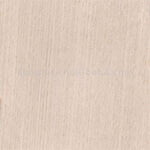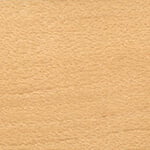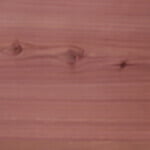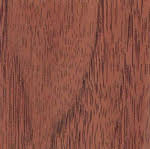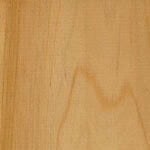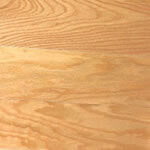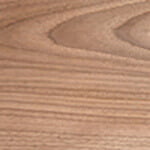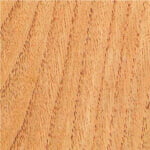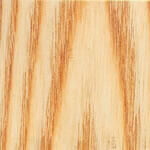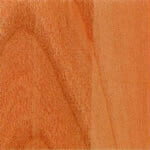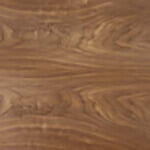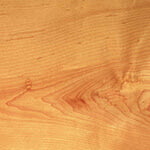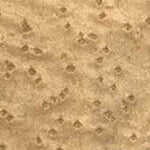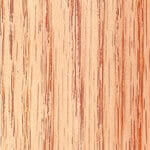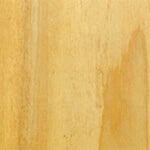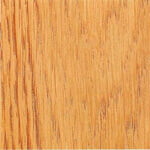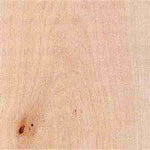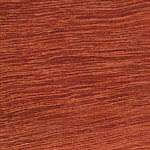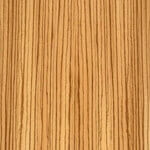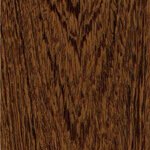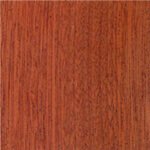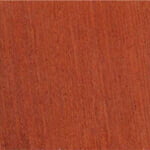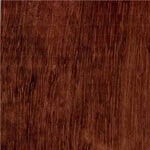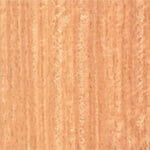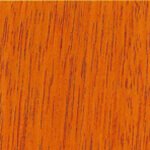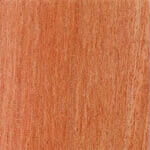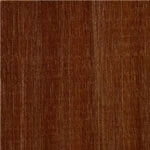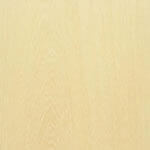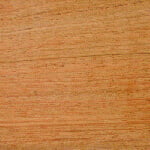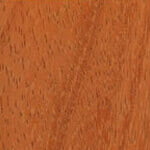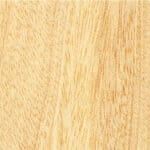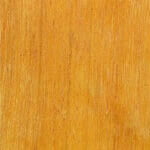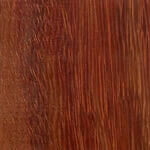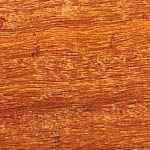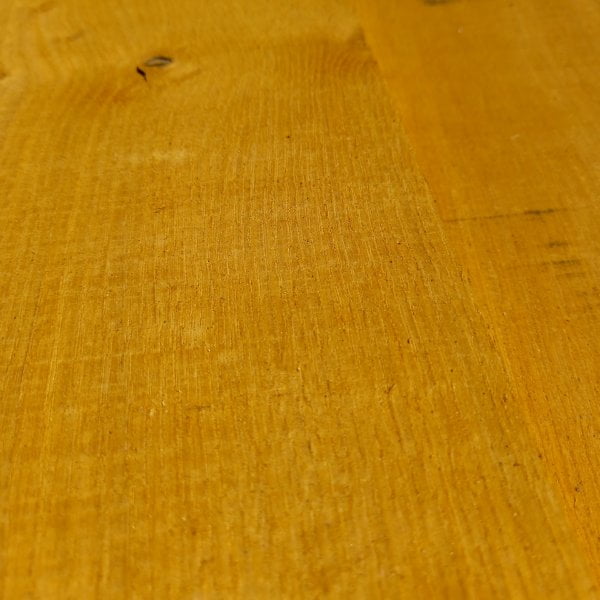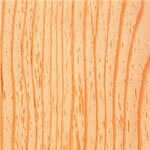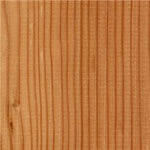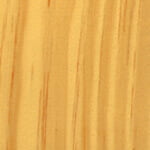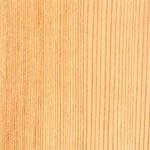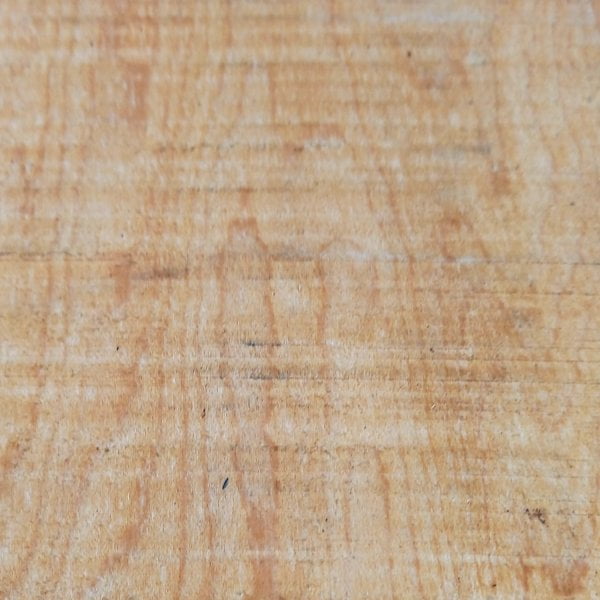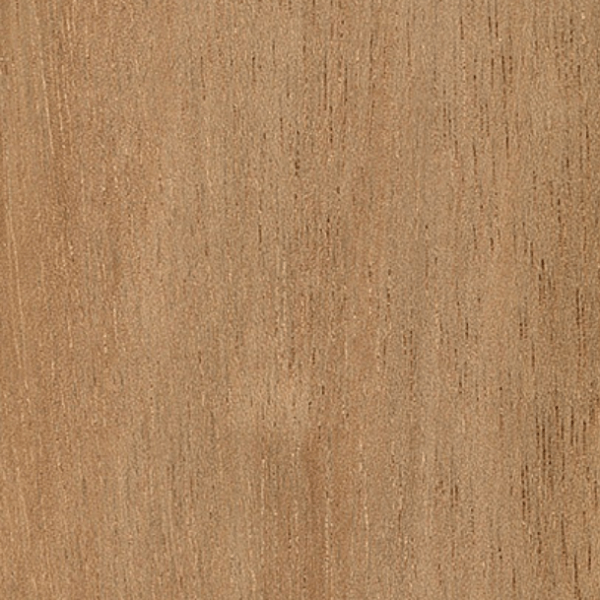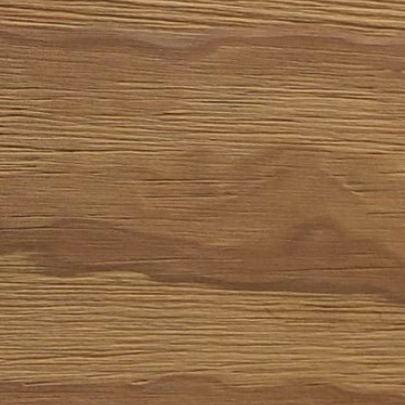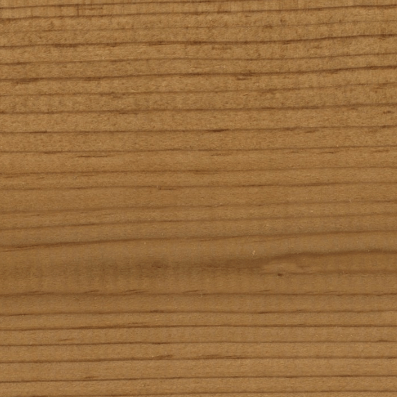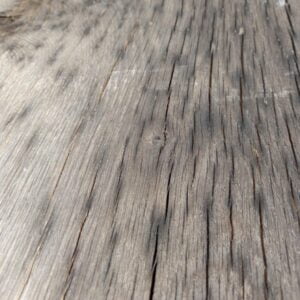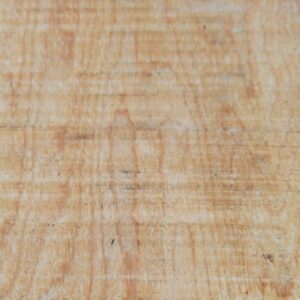Filters
-

Air Dried Oak Beams
Air dried is Oak beams are aged naturally over a period of time (usually years). As a result and testament to the natural seasoning process, air dried Oak usually has a weathered/aged appearance. The colour of the external timber is likely to range from silver to dark brown and splits and checks are present. Air Dried European Oak Beams weigh approximately 800-900 kg/m³.
-

Alaskan Yellow Cedar
Heartwood is a light yellow. Sapwood is a similar whitish/pale yellow maturing down to a reddish-brown and, in time, to silver-grey. Weight 495kg/m3
-

American Ash
Greyish-brown in colour and slightly darker than the other species. This timber which remains consistently popular. Generally straight grained and coarse but even textured. weighs 670 kg/m³ (35 lb/ft³); specific gravity is .56.
-

American Birds Eye Maple
Birds eye maple is strong, heavy, hard, and fine textured. The heartwood is light reddish-brown with deeper-coloured late-wood bands. The sapwood is white in colour, and furnishes the white maple prized for certain uses. It differs mainly from the soft maples in its greater density and firmer texture. It has a distinctive pattern that resembles tiny, swirling eyes disrupting the smooth lines of grain.
-

American Black Cherry
Cherry's heartwood varies from rich red to reddish-brown, with a fine, straight, close grain with narrow brown pith flecks and small gum pockets, and with a smooth texture. Weighs about 580 kg/m³ (36 lb/ft³); specific gravity .58.
-

American Black Walnut
American Walnut's heartwood is a rich dark brown to purplish-black, mostly straight grained, but with wavy or curly grain occasionally present. The texture is rather coarse. Weight averages 640 kg/m³ (40 lb/ft³); specific gravity .64.
-

American Hard Rock Maple
Hard maple is strong, heavy, hard, straight-grained and fine textured. The heartwood is light reddish-brown with deeper-coloured late-wood bands. The sapwood is white in colour, and furnishes the white maple prized for certain uses. It differs mainly from the soft maples in its greater density and firmer texture.
-

American Red Oak
Red Oak's heartwood resembles other oaks with a biscuit to pink colour, but has a reddish tinge. Mostly straight grained and coarse textured, with a less attractive figure than white oak due to smaller rays. Southern red oak has a more rapid growth than northern red oak and is harder, heavier and coarser textured. Weight about 770 kg/m³ (48 lb/ft³); specific gravity .77.
-

American Tulipwood (Poplar Wood)
Also known as Poplar wood, Tulipwood's sapwood is white, and in second-growth trees, very wide; the heartwood is variable in colour, ranging from olive green to yellow or brown, and may be streaked with steel-blue. The annual growth terminates in a white band of parenchyma giving a subdued figure to longitudinal surfaces. Tulipwood timber is straight-grained. fine-textured, fairly soft and light in weight about 510 kg/m³ when dried.
Advantages of American Poplar Timber
There are a number of advantages to choosing American poplar timber (tulipwood) depending on the nature of your project:- Poplar timber prices are generally quite low, making it a cost-effective resource compared to many other materials
- Poplar lumber is also regarded as one of the most efficient building resources due to its remarkable strength and straight grain compared to its low cost
- The light weight of tulipwood timber allows for easier installations
- Tulipwood boards are also ideal for profiling and moulding, making them even more flexible and workable
-

American White Oak
White Oak varies in colour from pale yellow-brown to biscuit with a pinkish tint, similar to European oak. Straight grain, with the characteristic silver grain on quartered material. Appalachian oak is slow grown producing light weight, mild wood, but southern states produce fast grown oak with wide growth rings, and a harder, tougher timber. Medium to coarse textured. Weight averages 760 kg/m³ (47 lb/ft³); specific gravity .76.
-

Balau
Balau’s heartwood is yellow-brown, varying to brown and dark reddish-brown, with an interlocked grain and a moderately fine and even texture. It has a coarse texture with medium to large pores and the grain is sometimes interlocked. The weight of balau averages 930 kg/m³ (58 lb/ft³); specific gravity .93.
-

CND Beech
European Beech's heartwood is very pale pink-brown. It is common practice on the continent to steam the timber which turns it to a reddish-brown tone. Some logs have a dark red kern or darker veining. Beech has a straight grain and fine, even texture. Average weight 720 kg/m³ (45 lb/ft³); specific gravity .72.
-

Croatian Black Walnut
Croatian Black Walnut's heartwood is a rich dark brown to purplish-black, mostly straight grained, but with wavy or curly grain occasionally present. The texture is rather coarse. Weight averages 640 kg/m³ (40 lb/ft³); specific gravity .64.
-

Cumaru
The heartwood is reddish-brown or purplish-brown, with light yellowish-brown or purplish streaks when freshly cut, turning to a variegated reddish and yellowish-brown after drying, but on exposure to light assuming a uniform yellowish-brown or light brown colour. The sapwood is about 50mm wide, distinct from the heartwood and yellowish-brown in colour. The wood has a waxy or oily feel, a fine texture, and irregular and often interlocked grain. It is an extremely hard and heavy wood.
-

Douglas Fir
Douglas Fir's heartwood is a light reddish-brown shade, and the contrast between earlywood and latewood provides a prominent growth ring figure which shows as an abrupt colour contrast on plain sawn timber and rotary cut veneers. The timber is straight grained but sometimes with wavy or spiral grain and with a uniform medium texture. Weight 530 kg/m³ (33 lb/ft³); specific gravity .53.
-

Ekki
Dark red to deep chocolate-brown with conspicuous white deposits in the pores giving a speckled appearance. Grain is usually interlocked, and the texture coarse and uneven. Weight 950-1120 kg/m³ (59-70 lb/ft³), averaging 1025 kg/m³ (64 lb/ft³); specific gravity 1.02.
